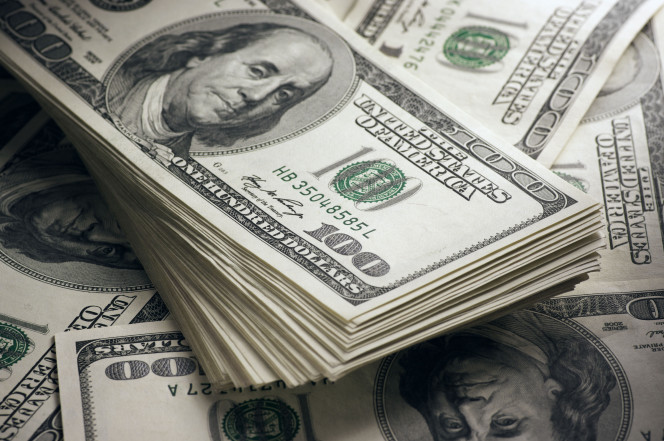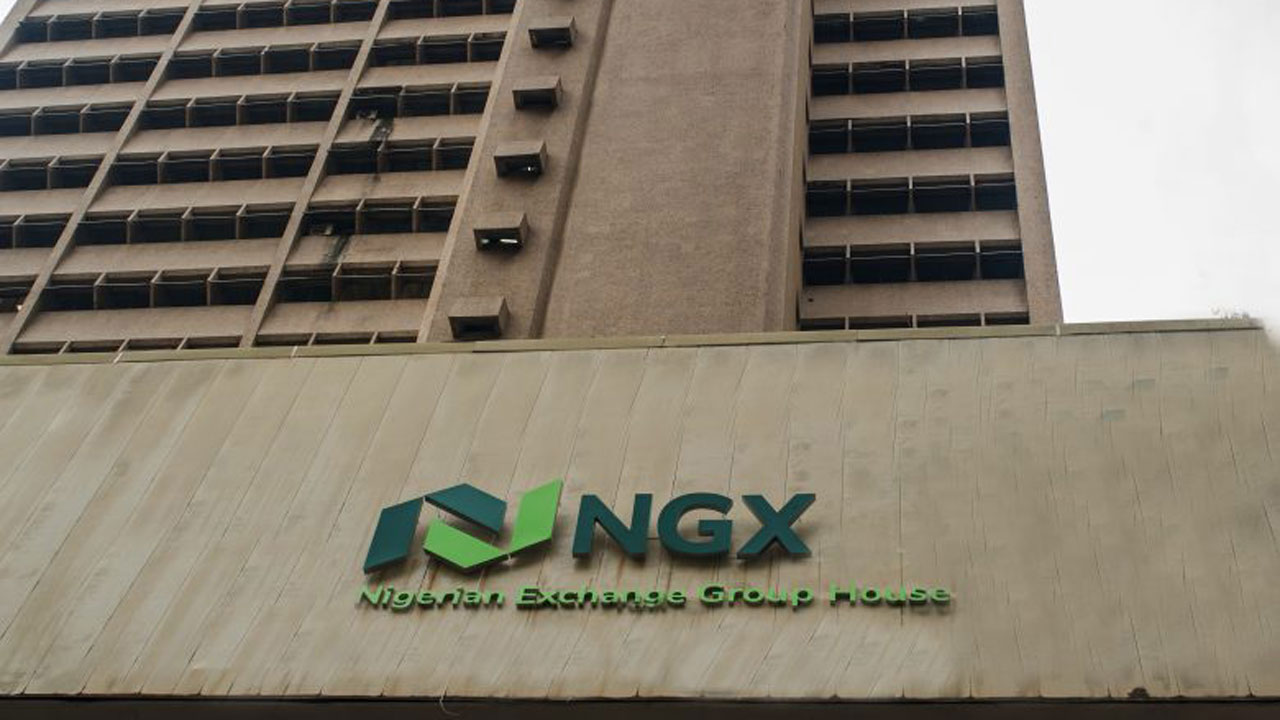The U.S. dollar rose to its highest level in almost two weeks against its major rivals on Tuesday, after President Donald Trump said that he would push ahead with tariffs on Chinese goods, fuelling concern about world trade tensions.
Sterling was the weakest performing major currency, falling GBP= EURGBP= across the board after Trump said the agreement on the United Kingdom’s departure from the European Union may make trade between the United States and Britain more difficult.
Separately, Trump told the Wall Street Journal that he expected to move ahead with raising tariffs on $200 billion in Chinese imports to 25 percent from 10 percent currently.
The threat of an escalating trade conflict between the world’s two biggest economies is a major source of concern for next year, amid expectations the global economy could slow, and a backdrop that has boosted demand for the safe-haven dollar.
BlackRock, for example, believes an escalation in the trade conflict could stoke fears of a devaluation in the Chinese currency CNY=CFXS. Credit Suisse strategists expect the yuan to weaken to a decade low of 7.20 per dollar by end-2019.
The dollar index .DXY, which measures the dollar’s value against six other major currencies, rose 0.2 percent to 97.28, its highest level in almost two weeks.
Broader optimism towards the greenback was reflected in positioning data for the week ending Nov. 26, which shows hedge funds added a net $1.28 billion long positions in the dollar NETUSDG10=.
Trump’s latest remarks on trade come just before a G20 meeting in Buenos Aires on Nov. 30 where Trump and Chinese President Xi Jinping are expected to meet.
“The upcoming meeting between Trump and Xi is pivotal going into the year-end and for the outlook for global growth, which has shown signs of slowing,” said Lee Hardman, a currency analyst at MUFG in London. “If there’s no breakthrough, that makes it more likely that more tariffs will be imposed and that increases downside risks to trade.”
IMPACT ON RISK
The euro dipped to $1.1305 EUR=EBS, its lowest level since mid-November. It was last trading at $1.1343, down 0.1 percent on the day.
The yen was steady at 113.67 yen per dollar JPY=, while the trade-sensitive Australian and New Zealand dollars inched higher.
“Trump’s comments are clearly impacting risk more directly through the stock markets,” said Neil Mellor, senior currency strategist at BNY Mellon. “But the impact is not that great and you could argue that many are coming to the conclusion that this is really the way that President Trump does business, driving a hard deal. That’s one reason at least the FX market has taken this in its stride.”
European stock markets were broadly weaker, while U.S. stock futures pointed to a weak open for Wall Street shares.
Attention turned to a speech on Wednesday by Fed Chairman Jerome Powell and minutes from the central bank’s Nov. 7-8 meeting to be released on Thursday, for further clues of how many more times the Fed is likely to raise interest rates.














